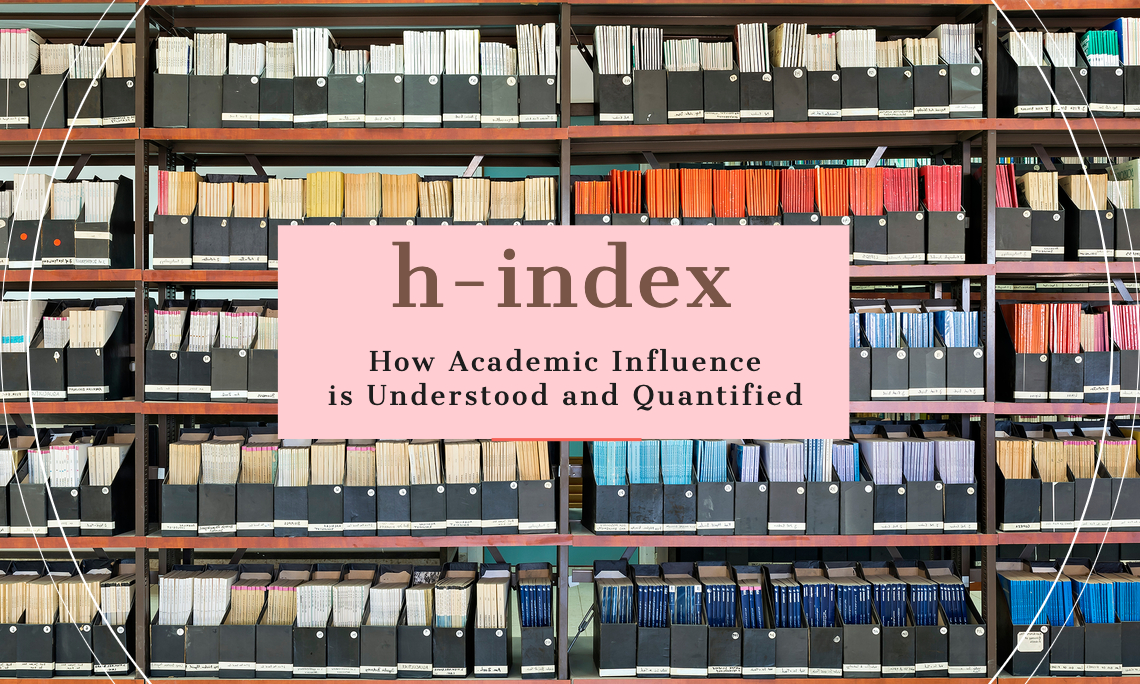Academic influence is an objective way of making sense of the influential nature of academic authors. This influence can be extended to groups of authors, degree programs, academic departments, colleges, universities, states, and countries as a whole.
H-Index: How Academic Influence is Determined
This influence is established by something called the h-index (named after Jorge E. Hirsch, professor of Physics at the University of California, San Diego, who developed the h-index in 2005).
What is the h-index?
An h-index is a number assigned to an author to represent his or her publishing productivity in hard numbers, but also their influence among other academics by the hard numbers of citations to their publications.
How is the h-index calculated?
The h-index is an author's number of publications, which also individually reach the same number in citations. So if an academic author has published 20 papers, and each of those 20 papers has been cited 20 times, then the author has an h-index number of 20.
Calculating the h-index in this two-pronged approach, ensures that the author is productive in publishing, but also that the publications are of high enough quality to be cited.
This is an understandable way of measuring the academic influence of scientists, academics and academies. For example, publishing only a few papers (though they be cited many times) means that the author (or by extension the university) isn't very productive in publishing papers.
And publishing many papers that are hardly ever cited, means that the author (or university) isn't influential with regard to others authors citing their work. It's an objective number that conveys quantity and quality, productivity and influence.
It also protects against an imbalance of publications and their citations giving a misleading overall picture. Imagine an author, having published 20 papers, with the first paper receiving 1,000 citations.
However, the remaining 19 papers received at most only three citations. If the h-index included all of the citations taken together, it could appear that this author had many citations across all papers.
The difficulty that this kind of scoring metric presents to authors, is that the more prolific the author, the more citations he or she must illicit to keep the h-index score commensurate with their publication output.
If an author has published 60 papers, each one of those must have a minimum of 60 citations to get an h-index of 60. But at the same time this raises the bar to make the publications perform at the highest levels.
Some h-index calculators:
A given author's h-index may differ between different databases, given that the respective databases rely on their internal citation numbers.
